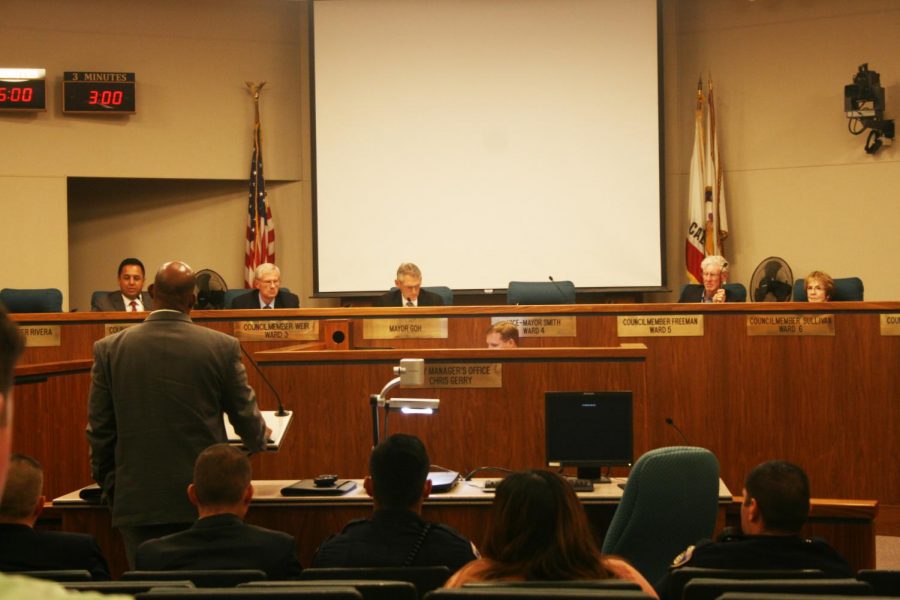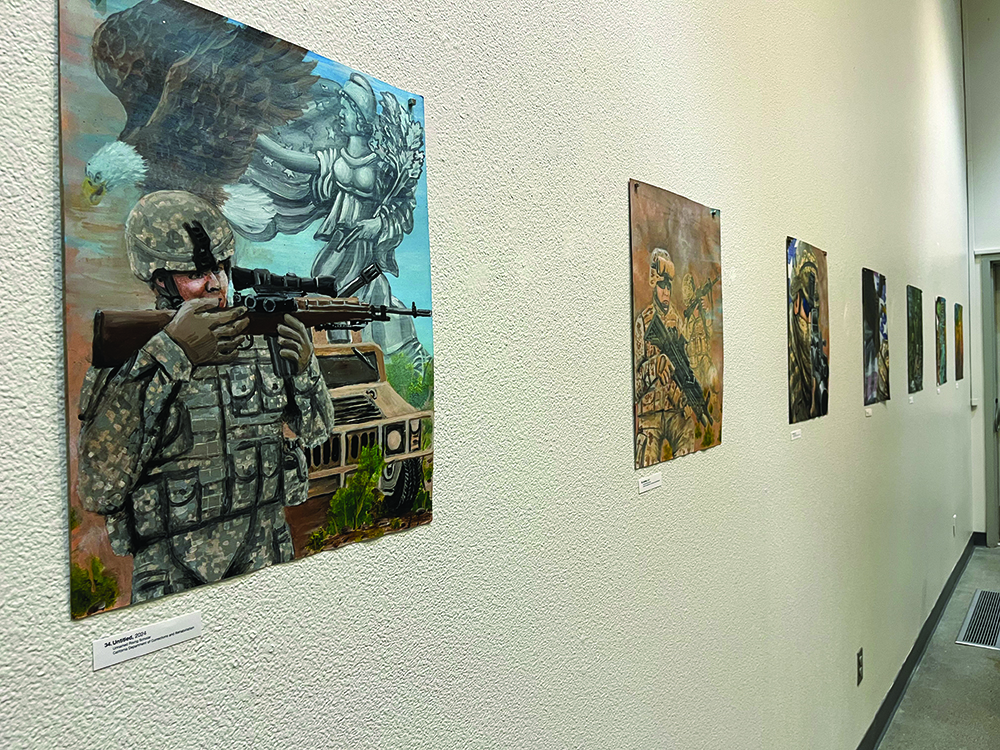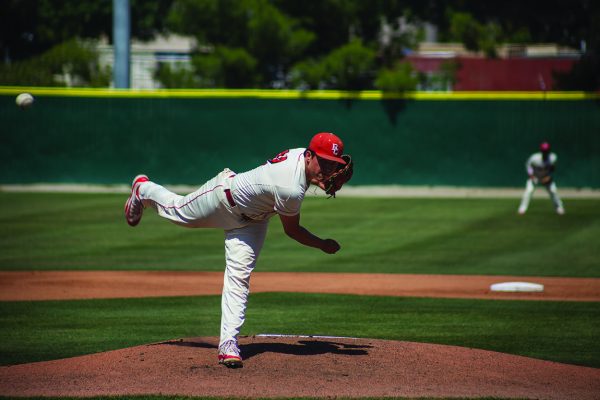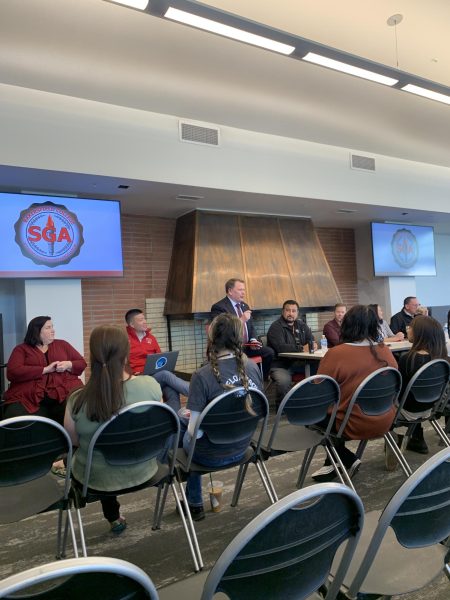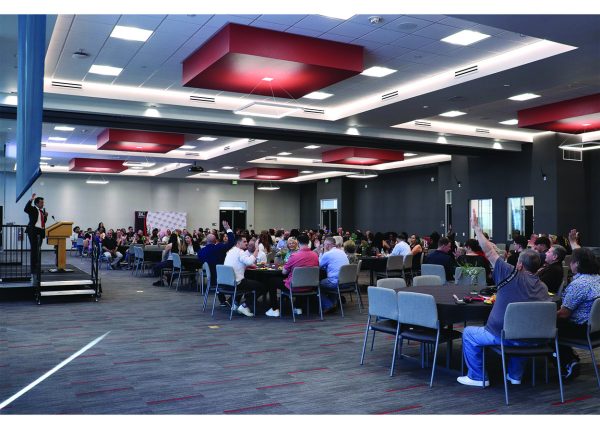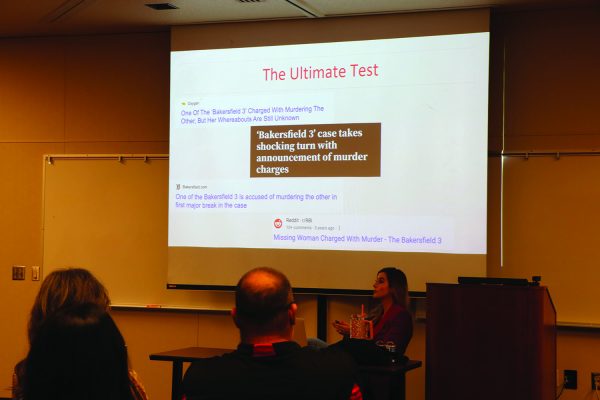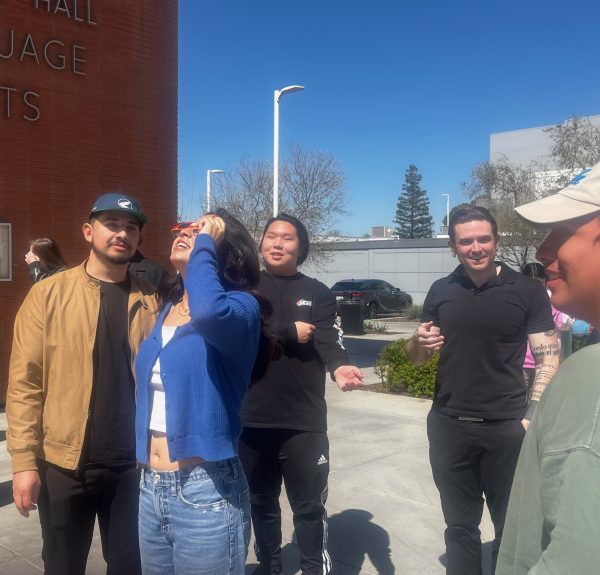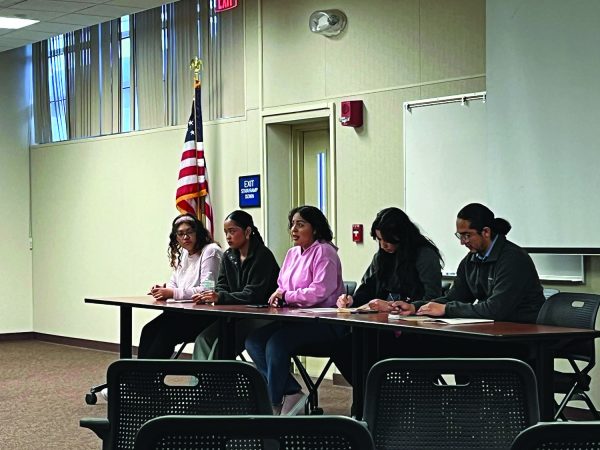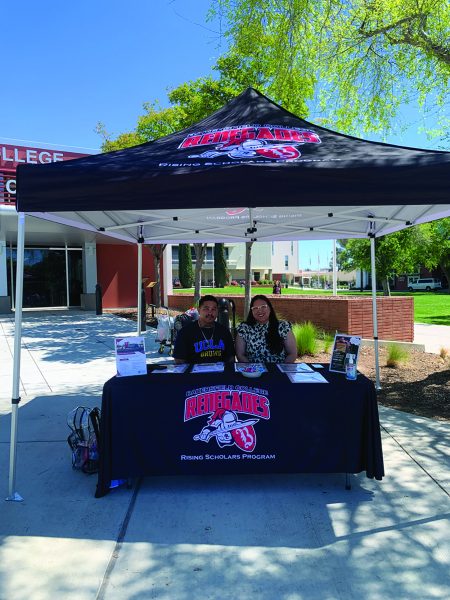BPD’s Special Enforcement Unit to wear body cameras during 12-month pilot program
Chief Lyle Martin opens discussion about the body-worn camera pilot program that Bakersfield City Council approves at council meeting on April 11.
April 16, 2018
Bakersfield Police Department received approval at the City Council Meeting on April 11, to equip its Special Enforcement Unit with body-worn cameras (BWCs) beginning on July 1. During the 12-month pilot program a study will be conducted to see how the use of BWCs can improve police and community interactions. Lieutenant Jeremy Blackmore from BPDs Support Services Division, addressed City Council with the benefits and drawbacks, as well as the scope of the plan that was approved for rollout.
The estimated cost to fit the BWCs 14 officers and two supervisors in the Gang Unit, according to Blackmore is $18,000. The cost includes the hardware, software, storage, 24-hour tech support, and training. Should the pilot program be applied agency-wide, the program could cost anywhere from $240,000 to $300,000 annually for storage costs, and its 300 uniformed officers and specialized units, with contractual agreements based on three to five-year terms.
The pilot study will measure the use of force, citizen complaints, productivity of officers, and the quality of the investigations it produces. The quality of investigations will be based upon input provided by the DA’s Office which will be based upon the quality of the prosecutions procured. The study will also provide feedback on the Public Records Act Request, back-end bandwidth consumption issues, and the hardware and software that is being used by officers, said Blackmore.
The BWCs will be worn throughout the officer’s shift and at the conclusion of the shift the cameras would be mounted into a docking station where the unit would be recharged until its next use. During recharge, the cameras would upload the video and voice data onto the storage cloud platform, according to Blackmore.
Blackmore said that there were both benefits and drawbacks to the technology. Based upon verifiable research that the pilot program committee acquired, one of the benefits to BWCs is that usage can improve the quality of interaction between the officers and citizens, by reducing use of force on patrol, such as “minimal patrol holds and impact weapons,” which are deployed during encounters with the community, when they have a non-compliant subject.
Another benefit is the reduction in citizen complaints. Blackmore cited a study conducted on the Rialto Police Department which saw a decrease in citizen complaints by 88 percent, and a 60 percent decrease in the use of force. Comparatively, the Mesa Police Department study showed that use of force was decreased by 75 percent with a 40 percent decrease in citizen complaints. The Las Vegas Metro Police Department (LVMPD) was the most recent study conducted for 2017 and showed both use of force and citizen complaints decreased. The 400-officer BWCs pilot program study also showed an annual budget savings of $4,000 per officer, or $1,600,000, proving a tangible link between the usage of BWCs on officers and the resulting decline in accusation investigations, where investigations can be costly.
Blakemore said that the decreases are the direct result of what is termed the “civilizing effect.”
People behave more civil when they are being recorded.
Other benefits include transparency and accountability, according to Blackmore. It “gives that one piece of additional evidence that often improve the findings during critical incidents.”
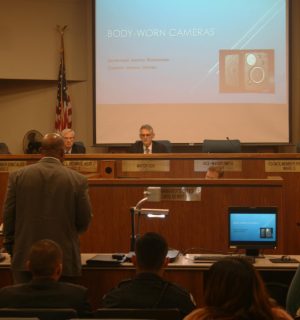
Chief Lyle Martin opens discussion about the body-worn camera pilot program that Bakersfield City Council approves at council meeting on April 11.
It “gives you a better totality of the circumstances … it captures the entirety of an incident from the user’s perspective,” Blackmore said.
This is especially beneficial in light of the current external review that BPD is currently under by the State Department of Justice (DOJ) and the U.S. DOJ. The DOJ’s Civil Rights Division has indicated that “these body-worn cameras can demonstrate that the agency is obviously taking the proper steps to ensure that the procedural justice is taking place as well as constitutional policing,” said Blackmore.
However, the drawbacks when it comes to Public Records Requests is not lost on either Blackmore, or Chief Martin. The audio and video in some cases would have to be redacted, and video blurred, in order to maintain procedural security compliance to “protect privileged or private information,” said Blackmore.
Redaction and blur would take time and would also be at an additional expense to the police department. However, it may be something that the BPD may not be too worried about given their findings during the research phase. After talking with other agencies about public record requests, the agencies had not seen a large volume of these requests after implementing BWCs at their agencies, according to Blackmore.
Blackmore said that video and paper evidence, as far as the terms of policy on redaction and release to the public, will be treated in the same manner.
Councilmember Andrae Gonzales had a chance to share his approval and appreciation at the City Council meeting for the efforts of the committee that put the pilot program into action. He said, “clearly its one tool and one step in the right direction and I appreciate all of the efforts that you’ve been making to better engage the community and strengthen relations throughout our communities.”


